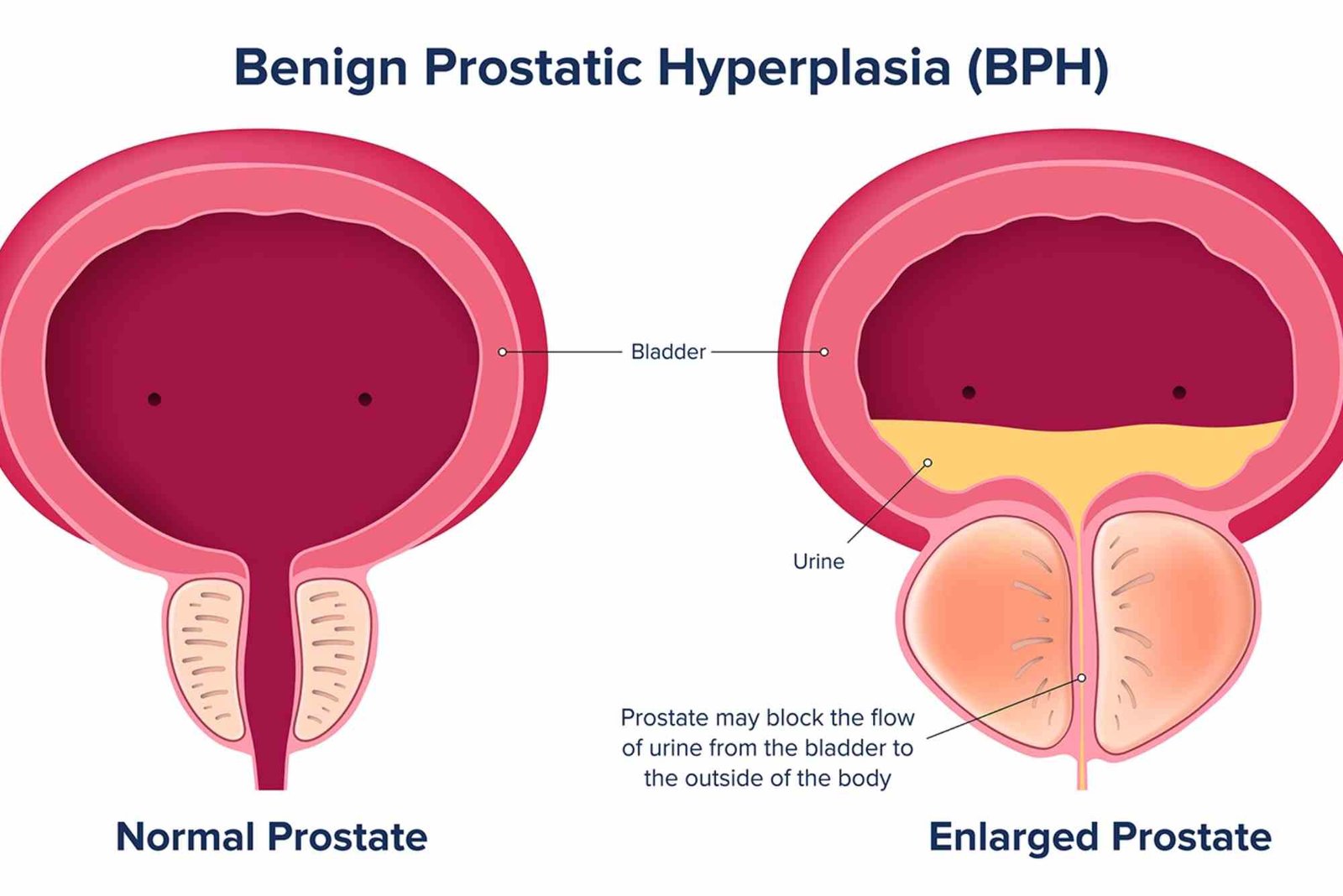In the competitive world of manufacturing, enhancing productivity is essential for sustaining growth and profitability. This article explores 6 methods you can increase productiveness for your manufacturing biz. By implementing these strategies, manufacturers can optimize their operations and achieve higher efficiency.
Understanding Productivity in Manufacturing
Before delving into specific methods, it is crucial to understand what productivity means in the manufacturing context. Productivity measures how efficiently a company transforms inputs, such as raw materials and labor, into outputs, like finished products. Improving productivity can lead to reduced costs, higher quality products, and enhanced customer satisfaction.
1. Invest in Employee Training
One of the most effective ways to increase productivity is to invest in employee training. Well-trained employees are more efficient, make fewer mistakes, and can adapt to new technologies quickly. Here are some key training areas to focus on:
- Technical Skills: Ensure employees are proficient in using machinery and software relevant to their roles.
- Safety Training: Proper safety training reduces accidents and downtime, ultimately improving productivity.
- Problem-Solving Skills: Equip employees with skills to identify issues and develop solutions independently.
Benefits of Employee Training
Investing in training not only enhances skills but also boosts employee morale. When employees feel valued and competent, they are more likely to be engaged and productive. This investment yields long-term benefits for your manufacturing biz.
2. Embrace Lean Manufacturing Principles
Lean manufacturing focuses on minimizing waste while maximizing productivity. By adopting lean principles, manufacturers can streamline their operations and improve efficiency. Here are some key concepts of lean manufacturing:
- Value Stream Mapping: Analyze the flow of materials and information to identify areas of waste.
- Just-in-Time Production: Produce only what is needed when it is needed, reducing inventory costs and waste.
- Continuous Improvement: Foster a culture of ongoing improvement where employees are encouraged to suggest changes.
Implementing Lean Principles
To effectively implement lean principles, start with a thorough assessment of your current processes. Identify bottlenecks and areas of waste, then develop a plan to address these issues. Regularly review and adjust your processes to ensure continuous improvement.
3. Leverage Technology and Automation
In today’s digital age, technology plays a crucial role in enhancing manufacturing productivity. Investing in automation and modern technology can significantly increase efficiency. Consider the following technologies:
- Industrial Robots: Automate repetitive tasks, allowing employees to focus on more complex activities.
- IoT Devices: Monitor equipment and processes in real-time to identify issues before they escalate.
- Manufacturing Software: Use ERP and inventory management software to streamline operations and improve decision-making.
Benefits of Technology in Manufacturing
Implementing technology can lead to faster production cycles, reduced errors, and improved product quality. By automating routine tasks, manufacturers can free up valuable employee time for more strategic initiatives.
Optimize Supply Chain Management
A well-optimized supply chain is essential for improving productivity in manufacturing. Inefficient supply chains can lead to delays, increased costs, and lost sales. Here are some strategies to enhance your supply chain management:

- Supplier Relationships: Build strong relationships with suppliers to ensure timely delivery and quality materials.
- Inventory Management: Implement just-in-time inventory practices to minimize holding costs and reduce waste.
- Logistics Coordination: Optimize logistics to ensure timely delivery of materials and finished goods.
Enhancing Supply Chain Efficiency
Regularly review your supply chain processes to identify inefficiencies. Engage with suppliers and logistics partners to develop collaborative strategies that enhance productivity across the entire supply chain.
5. Foster a Positive Workplace Culture
A positive workplace culture is crucial for boosting employee morale and productivity. When employees feel valued and engaged, they are more likely to contribute to the success of your manufacturing biz. Here are some ways to foster a positive culture:
- Open Communication: Encourage open dialogue between management and employees. Regularly solicit feedback and address concerns.
- Recognition and Rewards: Recognize and reward employees for their contributions. This can boost motivation and engagement.
- Work-Life Balance: Promote a healthy work-life balance to reduce burnout and improve overall job satisfaction.
Impact of Workplace Culture on Productivity
A positive workplace culture can lead to increased employee retention and reduced turnover costs. When employees feel connected to their workplace, they are more likely to put forth their best effort, directly impacting productivity.
6. Set Clear Goals and KPIs
Setting clear goals and key performance indicators (KPIs) is vital for measuring productivity and progress. When employees understand the company’s objectives, they are more likely to work towards achieving them. Here are some tips for setting effective goals:
- SMART Goals: Ensure goals are Specific, Measurable, Achievable, Relevant, and Time-bound.
- Regular Monitoring: Regularly review performance against goals and adjust strategies as needed.
- Employee Involvement: Involve employees in the goal-setting process to enhance buy-in and commitment.
Benefits of Clear Goals
Establishing clear goals provides direction and motivation for employees. By tracking progress against KPIs, manufacturers can quickly identify areas needing improvement and adjust their strategies accordingly.
Table: Summary of Productivity Improvement Methods
| Method | Key Benefits | Implementation Tips |
|---|---|---|
| Employee Training | Improved skills and morale | Focus on technical and safety training |
| Lean Manufacturing | Reduced waste and increased efficiency | Implement value stream mapping |
| Technology and Automation | Faster production cycles | Invest in robotics and IoT devices |
| Supply Chain Management | Enhanced efficiency and reduced costs | Optimize relationships and logistics |
| Positive Workplace Culture | Increased employee engagement | Foster open communication |
| Clear Goals and KPIs | Measurable progress | Set SMART goals and involve employees |
FAQs About Increasing Productivity in Manufacturing
What is the first step to improving productivity?
The first step is to assess current operations and identify areas of waste or inefficiency. This analysis will provide a foundation for implementing improvement strategies.
How can technology improve productivity?
Technology enhances productivity by automating repetitive tasks, providing real-time data, and facilitating better decision-making.
Why is employee training important for productivity?
Well-trained employees are more efficient, make fewer mistakes, and can adapt to new processes, leading to increased productivity.
How can lean principles benefit my manufacturing biz?
Lean principles help minimize waste and optimize processes, leading to higher efficiency and reduced costs.
What role does workplace culture play in productivity?
A positive workplace culture boosts employee morale and engagement, directly impacting productivity levels.
Improving productivity is crucial for the success of any manufacturing business. By implementing these 6 methods you can increase productiveness for your manufacturing biz, companies can enhance efficiency, reduce costs, and improve overall performance. Investing in employee training, embracing lean principles, leveraging technology, optimizing supply chain management, fostering a positive workplace culture, and setting clear goals are all effective strategies for achieving higher productivity levels.




